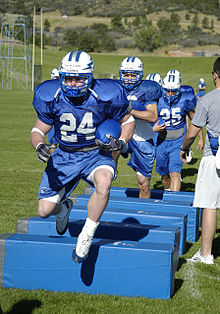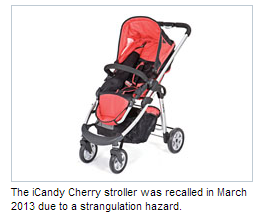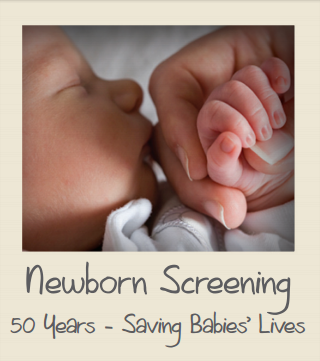Medical Malpractice – Study demonstrates that early surgery is better than common medical practice of watch and wait for patients suffering severe mitral valve regurgitation
Severe mitral valve regurgitation is a life threatening condition that affects millions of Americans. It happens when the mitral valve doesn’t close properly and allows blood to flow backward to the heart. Most doctors treating severe mitral valve regurgitation use a watch and wait approach but a recent Mayo Clinic-led study by U.S. and European researchers published in the Journal of the American Medical Association demonstrates that patients that have surgery early after diagnosis have improved long-term survival and lower risk of heart failure.
 New York Personal Injury Attorneys Blog
New York Personal Injury Attorneys Blog


 “No helmet system can protect you from serious brain and/or neck injuries including paralysis or death. To avoid these risks, do not engage in the sport of football” is the type of language that consumers will read on most warning labels when they purchase a football helmet these days.
“No helmet system can protect you from serious brain and/or neck injuries including paralysis or death. To avoid these risks, do not engage in the sport of football” is the type of language that consumers will read on most warning labels when they purchase a football helmet these days.  Millions of toys that contained dangerous levels of lead paint and other toxins as well as dangerous children products have been recalled since the Consumer Safety Improvement Act was signed into law 5 years ago.
Millions of toys that contained dangerous levels of lead paint and other toxins as well as dangerous children products have been recalled since the Consumer Safety Improvement Act was signed into law 5 years ago.
 Newborn screening prevents 12,000 babies per year from death or lifetimes of intellectual or physical disability. It started in the US 50 years ago. New York started infants screening in 1965 for phenylketonuria (PKU) and today babies are screened for 45 disorders.
Newborn screening prevents 12,000 babies per year from death or lifetimes of intellectual or physical disability. It started in the US 50 years ago. New York started infants screening in 1965 for phenylketonuria (PKU) and today babies are screened for 45 disorders. 